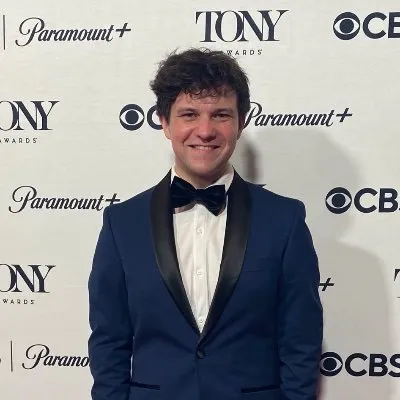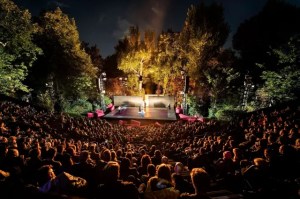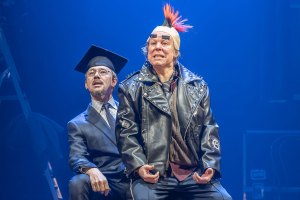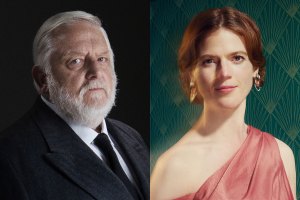How do theatres solve the bootleg bind?
Disney made an interesting move last week that may shed some insight into the practice
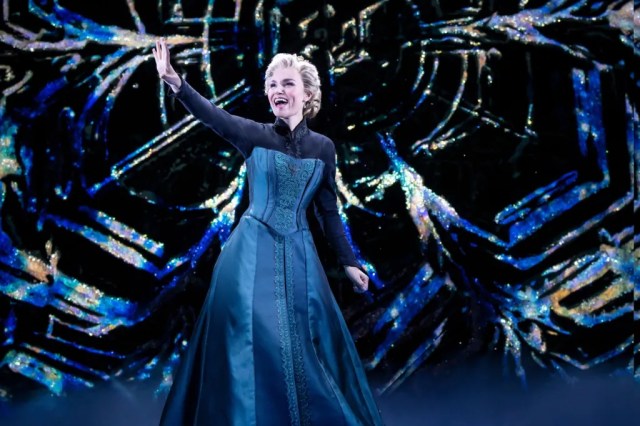
There’s a running joke amongst theatre-types on social media: the same topics always arise, like clockwork, every few years. Ticket prices, audience etiquette, singing along to musicals and star casting being the main culprits.
Another is “bootleg” recording – the very much forbidden practice of covertly filming or recording live performances and then sharing them on social media later that evening or the next day. These are regularly uploaded in full as “slime” tutorials on streaming sites like YouTube for thousands to watch. Many have defended the practice on grounds of allowing access to what can often be an expensive passion.
Many thinkpieces and statements have condemned the practice. But let’s face it – the genie is firmly out of the bottle – logging into social media this morning I was bombarded with clips or audio recordings from Nicole Scherzinger’s final appearance in Sunset Boulevard on Broadway (Apple Watches can be very useful for subtle recordings, it appears). The important thing to note (and something raised by Heathers US star Casey Likes last week in a now-expired Instagram story) even if this can be beneficial for expanding the show’s reach, it is never done with the performer or production’s consent – though the odd stars themselves occasionally go on to share those condemned clips.
Is there a way to stop bootlegs? Possibly – stickers over cameras or satchel bags to house phones may discourage the practice, though would be a logistical faff. Placing all the pressure on front of house teams to act as filming police, on top of the amazing work they already do, hardly feels fair. Few FOH staff would also be willing to disrupt a performance in order to call out an audience member filming (though some are discreet to near superhuman levels when they do so).
So do productions need to start thinking pragmatically? Possibly – and Disney may have shown which way the wind is blowing.
Last week, the House of Mouse released an array of “POV” videos on its streaming platform Disney Plus. These POV videos, captured at Disneyland Resort with camera-friendly lighting and expert blocking, allow audiences to experience the rides digitally, with the various surprises and visual flourishes available to stream from rides like Star Wars: Rise of the Resistance or Pirates of the Caribbean. For the last 15 years or so (since the invention of the GoPro, really), these POV videos have been a booming part of parks fandom – with attractions fans watching grainy or disorienting footage from their favourite rides. Really, these POVs don’t feel too dissimilar to bootlegs – both are largely frowned upon or explicitly forbidden.
For Disney to lean into the POV phenomenon means they are thinking about how best to court their fans for the modern day. It’s been proven that social media content can generate a huge amount of buzz. It feels as though stage shows are starting to act in a similar vein, now frequently capturing pro-shot recordings of productions to be distributed at a fraction of the price or broadcast on television. Recent productions like Sing Street even invited WhatsOnStage into its dress rehearsal to capture some moments from the show.
The release of the Six film, the Hamilton film on Disney Plus or the Heathers recordings have not sabotaged the shows’ box office successes. Audiences are discerning enough to know that being in the room where it happens can never be replaced with watching footage on TikTok.
By providing high-quality, professionally-captured content, shows are able to steer the digital narrative and satisfy audiences that may instead turn to covertly captured content that doesn’t show a cast member in their best light. The digital transformation of the theatre world, seen vividly during the pandemic and then perhaps disappeared once again, may have its time yet.

